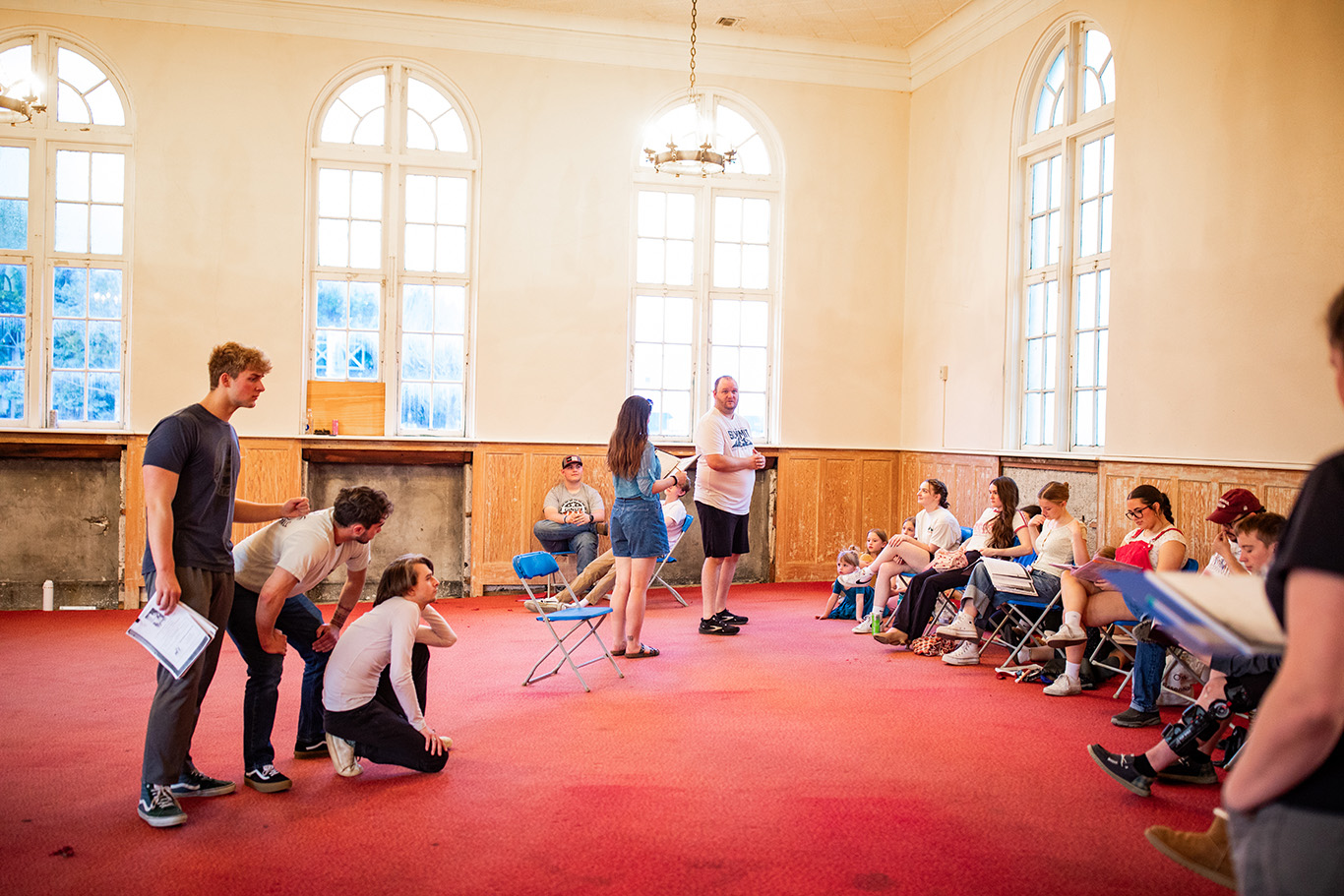Blacksmith Richard Williams hammers home craft’s finer points
Published 12:52 pm Sunday, January 2, 2005
You give Richard Williams a hammer, anvil, some really hot fire and a railroad spike, and in a couple of hours he’ll hand you a fork, knife, candleholder or something else in wrought iron you can use around the house.
It isn’t adequate enough to refer to Williams as a blacksmith. He’s a Merlin with twisted and heated pig iron. He creates ornamental magic, fashioning wrought iron art, and his finished knives would make a mythic hero from Camelot drool.
For the past two decades, Williams, 68, has been quietly applying his craft as a blacksmith in his back yard in Morristown, Tenn. He has also spent time at Dollywood in Pigeon Forge, Tenn., hammering out his art and explaining the finer points of his craft.
Today he works part time at the big theme park and full time at the home shop. That’s good news for those who are in the market for something special – say, a really stunning blade. They shimmer with workmanship.
When he talks about his craft, it’s as if he is describing a living, breathing thing. If you ask, Williams will say that he has retired.
But he has an apprentice who helps him, and when he feels the call of the iron, he makes the short walk from his house to his forge where all manner of tools, tongs, files and stacks of iron await the fire.
Williams has worked with some of the best blacksmiths in the nation, teachers as well as world-class craftsmen. He speaks of some of them with reverential awe. He has been a member of the American Bladesmith Society and had his knives featured in national knife magazines.
Williams can make tools, wrought-iron ornamental works, even utilitarian pieces from railroad spikes and other scraps of iron. He turns heavily threaded, thick iron cable into wondrous knives that glisten and shine.
Listening to him discuss such things as temper, heat, molecule displacement, grades of bituminous coal, the amount of twist, heat welding, heat treating a blade, thermal cycling, removing scale, profiling, hardening, recurving and the amount of stress a certain piece can withstand is to be before a scholar.
But he says that in the past 26 years of working with hot iron, he hasn’t learned it all.
Williams enjoys making knives of just about every description, even the etched and layered steel of Damascus blades.
Some of his blades look as if they were just taken from the cabinets in a museum. Some of the handles are of exotic bone and horn.
“I like to make knives out of leaf and coil springs,” he says as he works. The hammer rings and sparks fly, splashing in a spray each time the big hammer strikes.
Soon he demonstrates how to use thick steel cable that has been woven together for what he calls a “cable knife.” The fat-bellied blade is at one end and a nicely smoothed end at the other. In between is the heat-welded section of the cable, threaded and welded, like a weave pattern in a piece of tweed.
The middle will actually give and move slightly as the blade is brought down to cut or slice.
The cable glows in a red twist as sparks shower. In about two hours, he is through with the knife, even though it’s not completely finished out. It will do for the demo. “Old blacksmiths left them like this,” he says. The knife is a dull, ashen black, some hammer marks visible.
Williams creates a variety of blades, including one of his favorites, the Mediterranean Dirk. It has become his signature piece.
Another way to pick out a Williams blade is that all of them will have two arcs cut into the bottom back cutting edge. The arced cutouts are particular to all of his finished knives, just as is his Flying W signature.
The Flying W is quite a signature in the world of blades and edges, in which a man with a hammer and fire fashions form and art into carbon steel.





